At a summit meeting in Moscow, Ronald Reagan was asked about his basic approach. He famously answered, “Here’s my strategy on the Cold War: we win, they lose.”
Vladimir Putin has the same strategy for Ukraine. That is certainly his first response to President Trump’s offer to mediate an end to the war and bring a reluctant Ukraine to the negotiating table. If “we win, they lose” is Putin’s final response, then the war cannot end without Ukraine’s surrender or Russia’s collapse.
Putin’s initial reply, filled with his maximalist demands, indicates he is still committed to the conquest of his neighbor, whose independence and sovereignty he has long rejected. Putin launched wars against Ukraine twice, winning valuable territory both times, first the Crimean peninsula (which controls Ukraine’s access to the Black Sea, its economic lifeline) and then the Donbas region of Eastern Ukraine, abutting Russia itself. What Putin failed to achieve was his principal goal in the second war: the seizure of Ukraine’s capital, Kyiv.
After Putin’s blitzkrieg failed to take Kyiv, the two sides began battering each other in a three-year war of attrition. President Biden initially wanted to concede the war to Russia. As Russia troops moved toward Kyiv, he urged President Zelensky to leave the country. When Zelensky refuse, the Biden administration began providing military support, slowly and grudgingly. Biden and his advisors gave Ukraine enough to keep from losing but not enough to win. That American strategy and Ukraine’s fight against a much larger military opponent led to today’s military stalemate.
After some back-and-forth movement in the first two years of fighting, the front lines have remained almost stationary for the past year. Meanwhile, tens of thousands of soldiers on both sides have perished along with thousands of civilians, mostly Ukrainians who have been deliberately targeted. Both sides have suffered heavy economic losses, as well.
Donald Trump campaigned by pledging to end this slaughter and to end the vast drain of resources America has poured into it. That’s what he is trying to do now. His initial proposal is for a 30-day ceasefire, during which talks for a longer settlement can begin. The US would serve as mediator, going between the parties at first and then bringing them together for direct talks.
Volodymyr Zelensky initially refused Trump’s ceasefire proposal amid a nasty, public blow-up in the Oval Office. The Trump administration responded by suspending arms shipments and, shortly afterwards, ending the satellite intelligence Ukraine needs to attack Russian military deployments. Without more arms, Ukraine can only fight a couple of more months. Without real-time satellite intelligence, it can hardly fight at all. The Europeans in NATO can offer Ukraine some assistance, but they can hardly offset the loss of US military aid and intelligence.
When you are squeezed like that, as Ukraine was squeezed by Trump, you start singing at a higher pitch and, as the pain increases, you start singing, “OK. Whatever you say.”
That’s the tune Ukraine is singing now. “We’re OK with your ceasefire idea.” The US got them to the table by squeezing the pips ’til they squeaked.
Russia has been even more truculent, and Trump has just begun to squeeze. Putin’s initial response was essentially, “We’ll agree to a ceasefire, but only after Ukraine gives us everything we’ve conquered, after the US removes all sanctions against us, and after both Washington and Kyiv cave to our maximalist demands, everything short of immediate control over the Ukrainian regime.”
That’s not a promising start to negotiations.
The question now is what will Trump do to bring Putin to the table? Beyond that, what can he and the Europeans do stabilize any potential agreement between Russia and Ukraine? That is, what can the West do to deter Russia from restarting the war after spending a couple of years rebuilding their military? The question about deterring a renewed war won’t arise until serious negotiations begin, but it is crucial to any enduring settlement. Otherwise, the US would simply be withdrawing the way it did in Vietnam, allowing its opponent to win after a “decent interval.” After Biden’s disastrous withdrawal from Afghanistan, there wasn’t even a decent interval.
So what levers does Trump have?
It is unclear if Putin is really willing to negotiate any kind of genuine compromise. He has staked his regime on rebuilding portions of the old Czarist Empire and fighting a very costly war in Ukraine to do it. He may fear he cannot survive the abandonment of that goal, since that would admit he had made a truly catastrophic mistake.
To confront Putin’s intransigence, Trump has two coerce tools. The first is to cut off Russia’s only real source of foreign exchange by sanctioning all sales of their fossil fuels. Trump did that in his first term; Biden undid it; and Trump is doing it again now. These sanctions will punish all foreign purchases, including those by China.
The second lever is resuming military sales and intelligence to Ukraine, presumably accompanied by Ukrainian economic concessions. That means resuming them for the long-term. There is no doubt that military assistance will resume in the short term. (The short-term pause was designed to get Ukraine’s attention. It did.) The real question is whether Trump is willing to ramp up military supplies to Ukraine and put more pressure on Russia during this summer fighting season and perhaps beyond it.
Exerting pressure like this is Trump’s standard approach to negotiations. “If you don’t agree with me, I will make things very bad for you.” He relies on sticks, not carrots. The only carrots for Putin have been kind words for him until now. Those were simply meant to facilitate negotiations, another of Trump’s standard tactics.
Sanctioning Russia is not a political problem for Trump. But providing substantially more military aid would be. Why? Because it would seem to go directly against his campaign promise to wind down the war, not ramp it up. The party base loved that promise, and they would be infuriated by its apparent abandonment, despite their love of Trump. (Democrats would be in the opposite position. They hate Trump but want the military aid to continue.)
Even if US military aid is ramped up, it is far from clear whether it can force Putin to seek a political compromise, as opposed to insincere talks and delaying tactics. Putin may still think he can win this war of attrition by outlasting the Trump administration’s willingness to fund the war and outlasting Ukraine’s resources (men and materiel) to keep fighting.
That brings us back to the first big obstacle to any negotiated settlement: Vladimir Putin. Right now his approach to peace appears to be that of Mel Brooks’s Hitler character in To Be or Not to Be. “What do they want from me? … I don’t want war. All I want is peace. Peace. Peace!” And then he begins singing, “A little piece of Poland, A little piece of France, A little piece of Portugal, And Austria perchance, A little slice of Turkey, And all that that entails, Und then a piece of England, Scotland, Ireland and Wales…”
Putin would settle for a big piece of the Donbas, all of Crimea, relief from sanctions and, after rebuilding his military, an even bigger piece of Ukraine and control over a suppliant regime in Kyiv. That’s a far cry from what any Ukrainian regime can accept. They cannot give up too much, and they will need practical measures to deter another Russian assault. That’s a huge gap to bridge, even for the best negotiator.



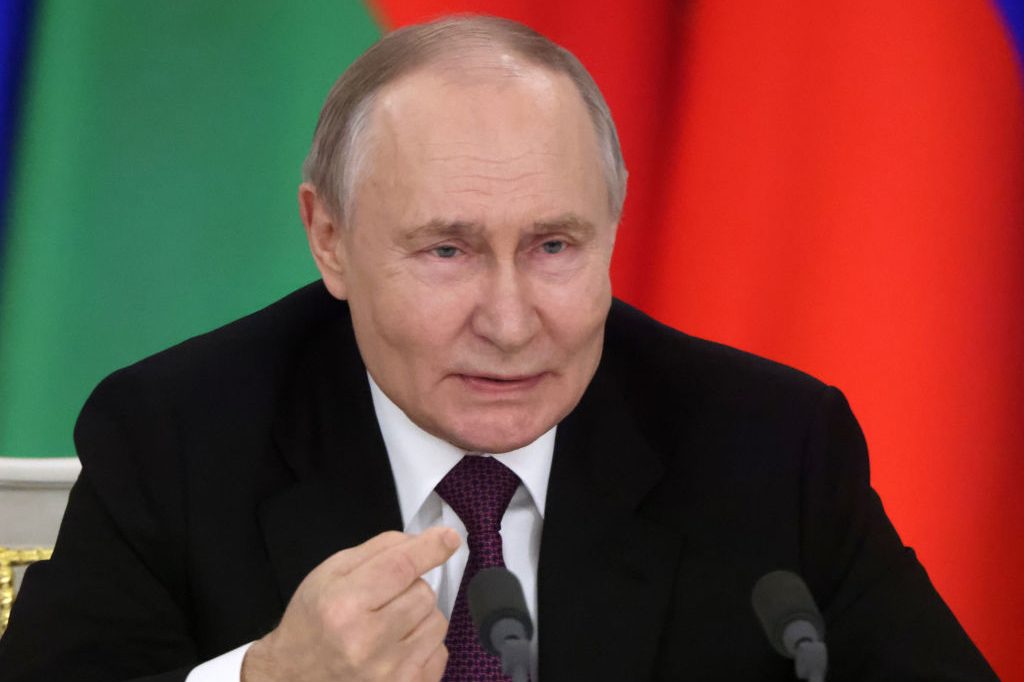






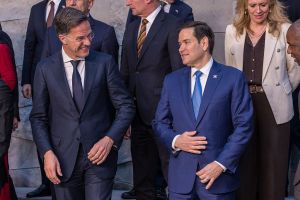
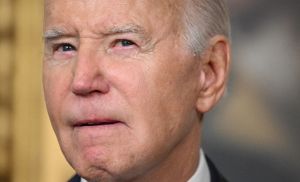

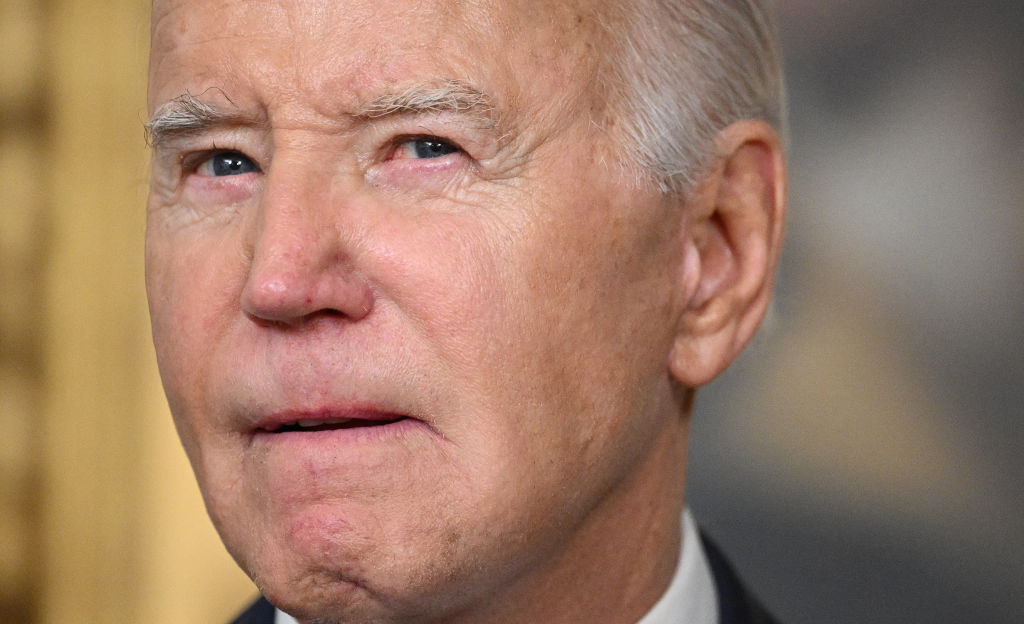
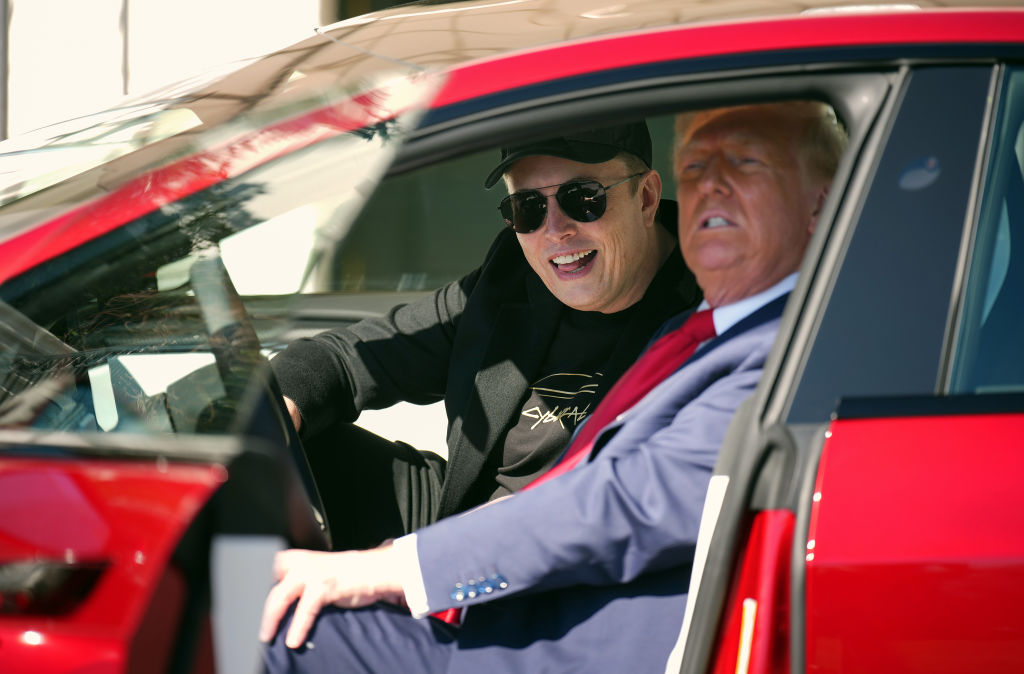

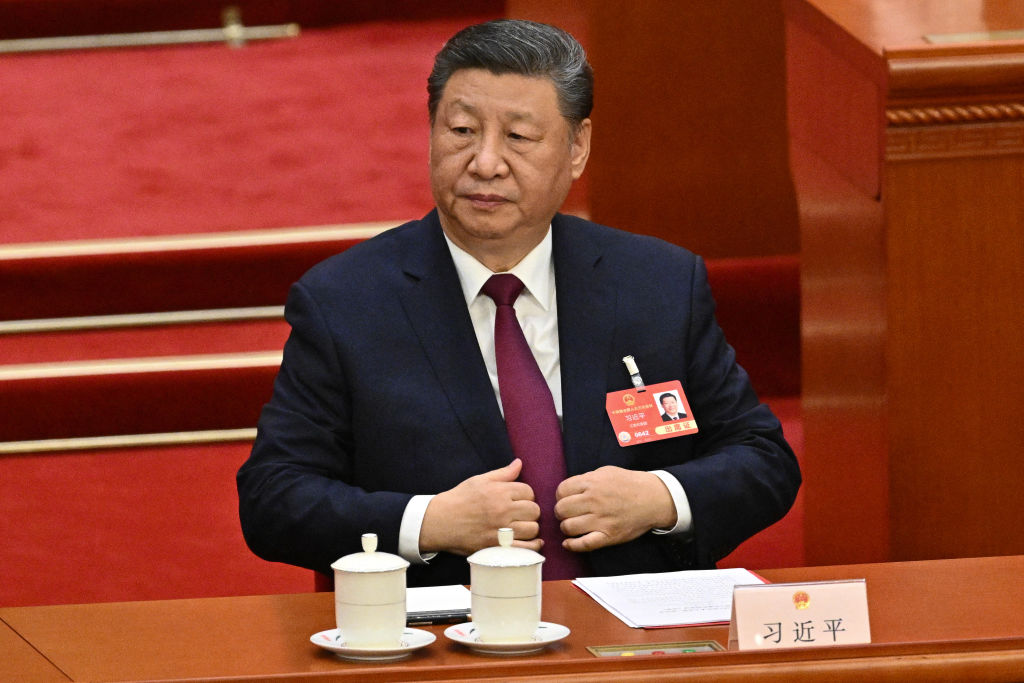

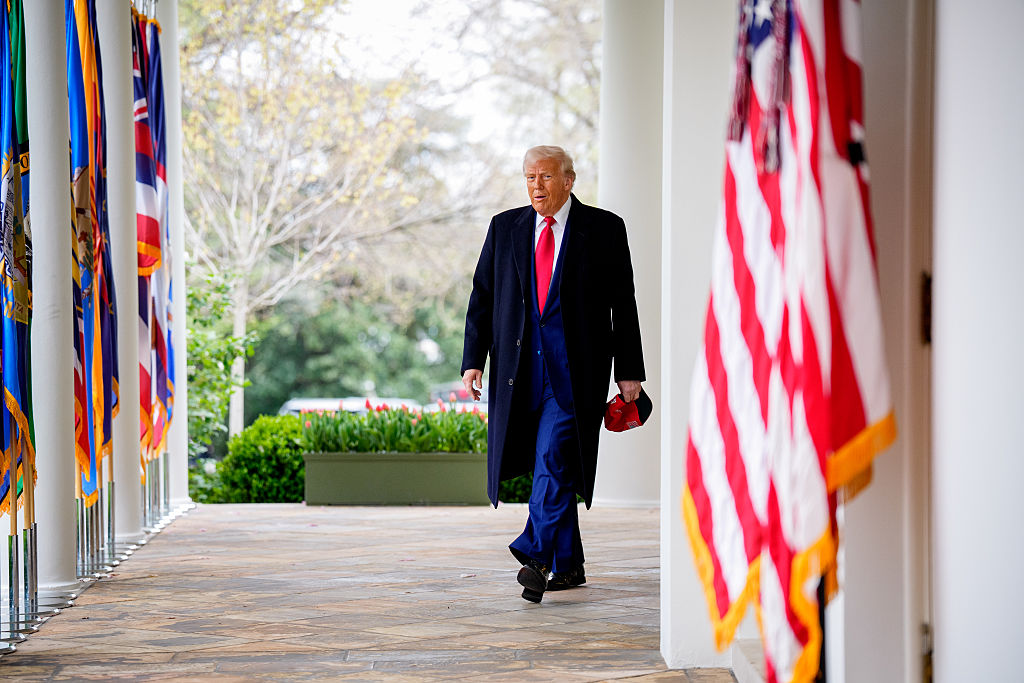

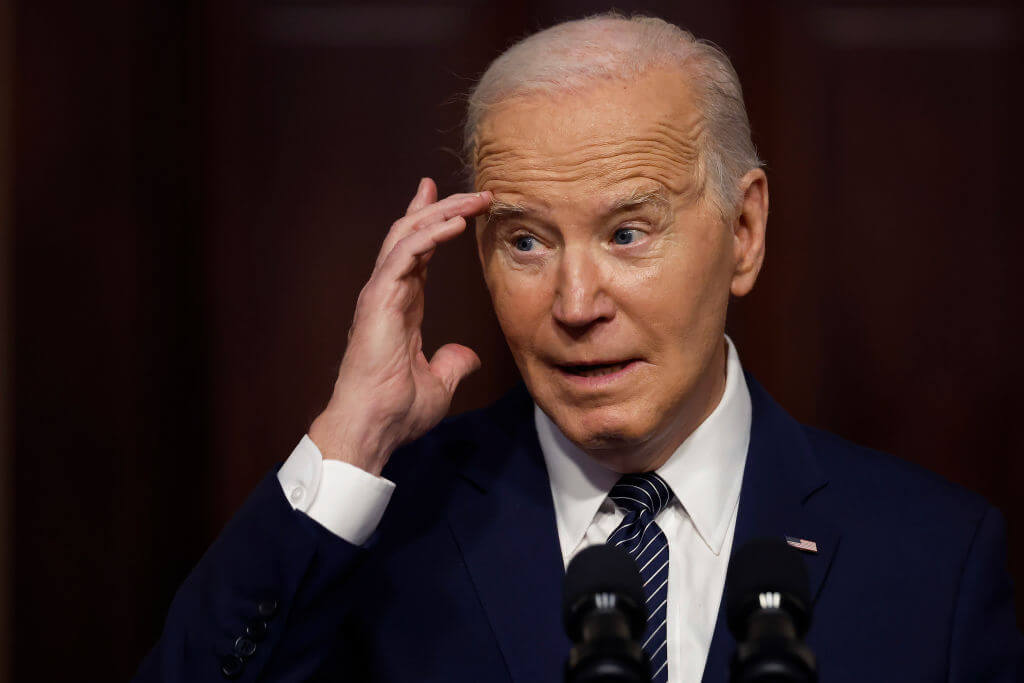



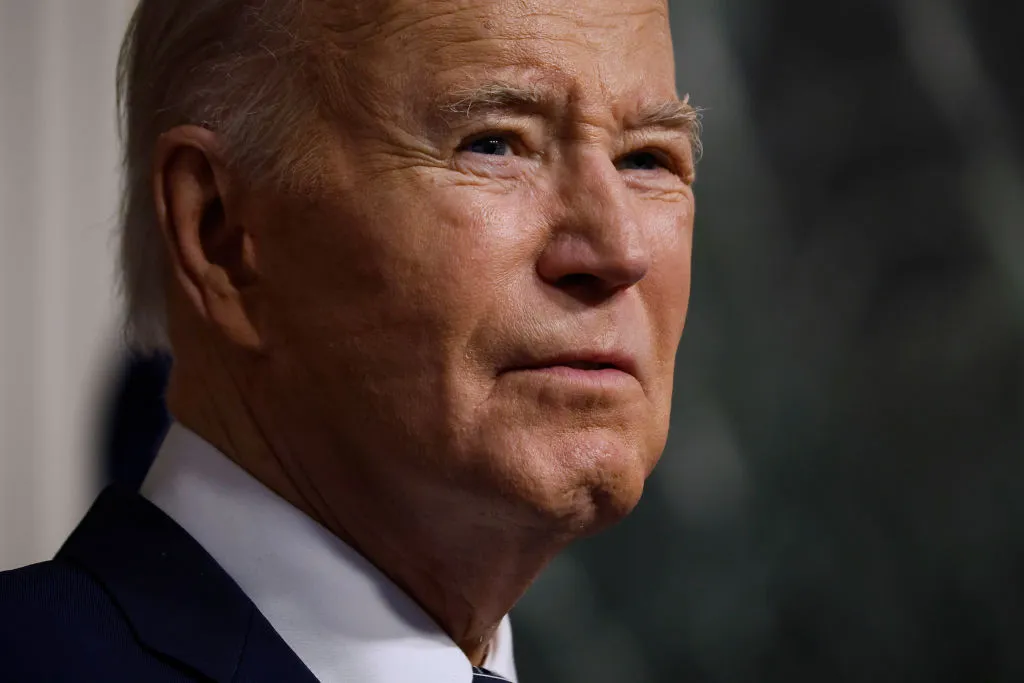

Leave a Reply